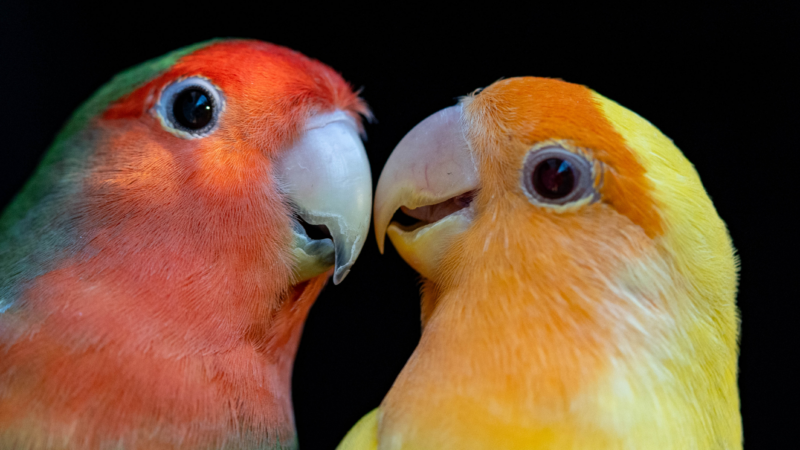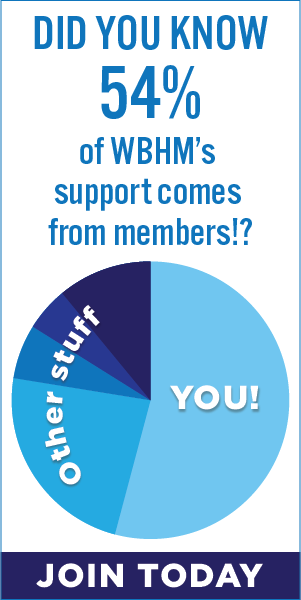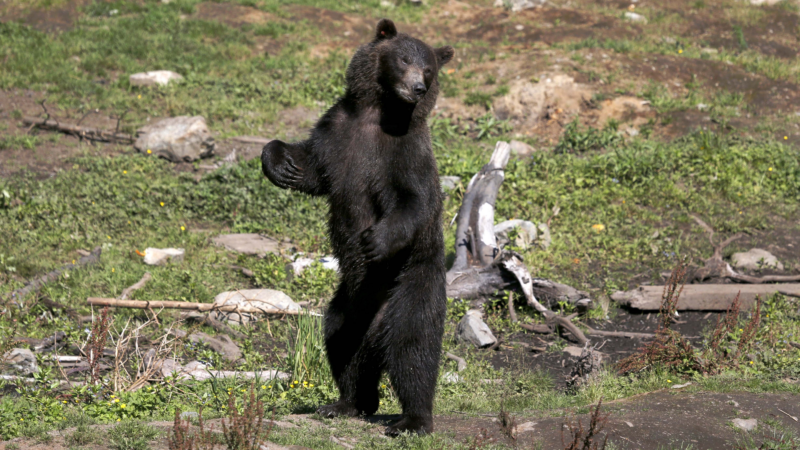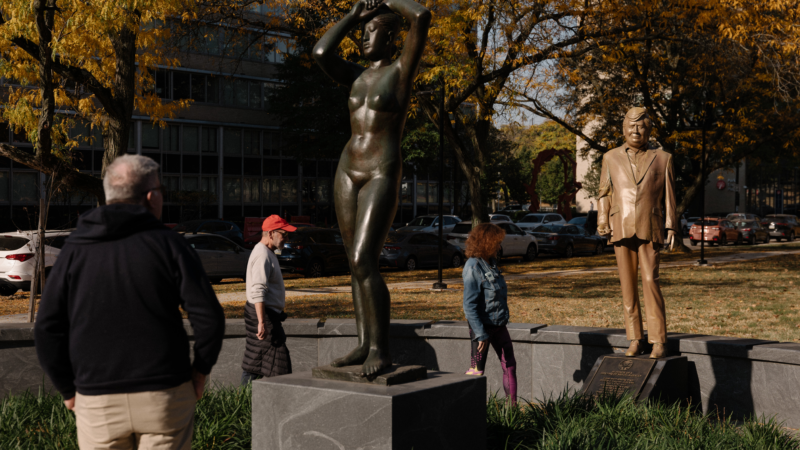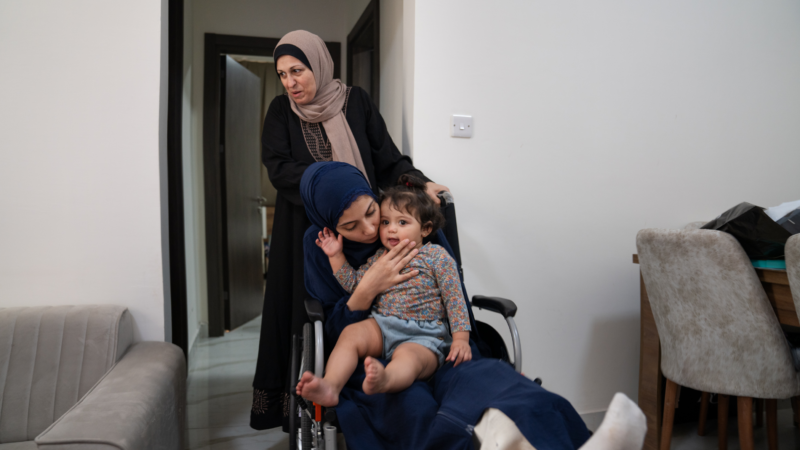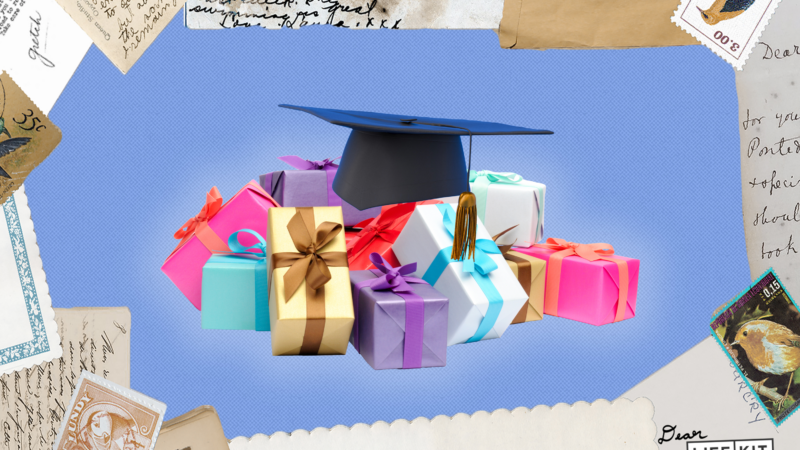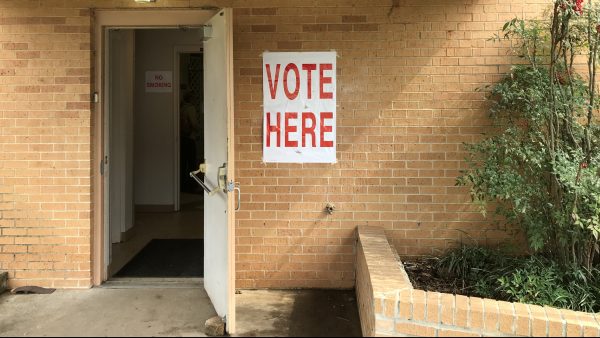How parrot plumage gets its dazzling reds and yellows
Some birds are feathered tufts of color so resplendent that they stand out brilliantly from their surroundings.
“You have to ask why birds would do this,” says Joe Corbo, a biologist at Washington University in St. Louis. “And one of the leading hypotheses is that the male has elaborate ornaments or colors that are attractive to the female.”
Most birds with bright yellow or red feathers — think goldfinches and cardinals — use pigments called carotenoids to make those colors.
“The reason that a bird’s egg’s yolk is a bright yellow-orange is because it’s full of carotenoids,” says Corbo. “And so then, during development, the bird mobilizes the carotenoids from the yolk and then deposits them in the developing feathers.”
Once the chicks hatch, the only way for birds to get carotenoid pigments is to eat them, much like people need vitamins from food because the human body generally doesn’t make them.
There is a notable exception, however — parrots. “They synthesize their own pigments,” says Roberto Arbore, an evolutionary biologist with the Research Centre in Biodiversity and Genetic Resources at the University of Porto in Portugal. “They do not rely on what they get from the diet.”
Scientists have known about these special pigments called psittacofulvins, but not really how parrots use them to create their diverse colors. Now, in research published in the journal Science, Arbore, Corbo, and their colleagues describe that a single enzyme appears to be responsible for toggling a parrot’s pigments from red to yellow.

Of lories and lovebirds
The researchers turned to the dusky lory — a parrot the size of an eggplant — to begin their experiments. “It’s a very obscure species that lives in remote places,” says Arbore. “They come from Papua New Guinea.”
The dusky lory is black, and ringed with either red or yellow plumage. “The yellow color is dominant to the red genetically,” explains Corbo. He says they were able to trace this red versus yellow either-or coloration back to a single gene that makes an enzyme called ALDH3A2. It actually shows up in lots of creatures, but in the dusky lory, the enzyme converts the red psittacofulvin into the yellow one by making a small change to the pigment molecule.
“The animal appears to be able to control the expression levels of this enzyme,” says Corbo, “and thereby tune the relative ratio of red to yellow pigment.”
When Corbo and his colleagues looked at another kind of parrot called the rosy-faced lovebird, they found the enzyme at work there, too, doing the same thing. They suspect it’s true in a wide range of parrot species.
Just to be sure they had it right, the team conducted another experiment with yeast. They turned them into little biochemical factories that produced the red parrot pigment. They then genetically engineered some of those yeast to make the color-changing enzyme as well.
Sure enough, when the enzyme was present, they found a massive increase in the yellow pigment.
“This was the final proof,” says Arbore. “So now we know definitely a little bit more about how one of the most colorful groups of animals in the world make their colors.”
A portal into parrots
“It is a huge step forward in avian color genetics,” says Rosalyn Price-Waldman, an evolutionary biologist finishing her PhD at Princeton University. She wasn’t involved in the research. She admires the experimental approach that relied on lories and lovebirds, species about which scientists know relatively little.
Price-Waldman adds that the findings open the door to asking what else these colors may reveal about parrots.
“People are very interested in what the pigment content of a feather can tell us about an organism’s health or stress or other aspects of its biology,” she says. That includes their physiology, lifestyle, and behavior. “These are all important components of parrot biology that knowing a little bit more about psittacofulvins could help us investigate.”
Arbore agrees this is just the beginning. “I will say it actually adds a new layer of magic,” he says. “I never worked with parrots before, and now I’m considering working on them for the rest of my career.”
Next up, Arbore and his colleagues want to examine the genes in parrots responsible for creating the color blue.
50 years on, D.R. Congo commemorates boxing’s ‘Rumble in the Jungle’
The historic fight between Muhammad Ali and George Foreman is still revered as a cherished moment in the central African country's troubled history and has spurred an enduring love of boxing.
A hunter in Alaska is found dead after being mauled by a bear
The 50-year-old had been reported overdue from a deer hunting trip. At least 30,000 brown bears are estimated to be in Alaska and mainly live along the southern coast.
It’s not just D.C.: Satirical Trump statues are appearing in cities across the U.S.
Trump statues appeared next to sculptures of nude women in Portland and Philadelphia. The plaques bear the title In Honor of a Lifetime of Sexual Assault and quote Trump's Access Hollywood remarks.
A mother and baby from Gaza are reunited 11 months after being separated at birth
After an Israeli airstrike left mom-to-be Raneem Hizaji badly injured, doctors performed an emergency C-section. It took nearly a year for mom and baby to be reunited.
Dear Life Kit: Is it a faux pas to create a ‘happy graduation’ registry for myself?
An NPR listener is graduating soon with her MBA. She wants to know if it's OK celebrate her achievement by asking loved ones to buy her gifts from a registry, similar to what people do for weddings.
What is Amendment One?
This year, there’s just one statewide constitutional amendment on the ballot for Alabama voters. But it affects only two counties.
